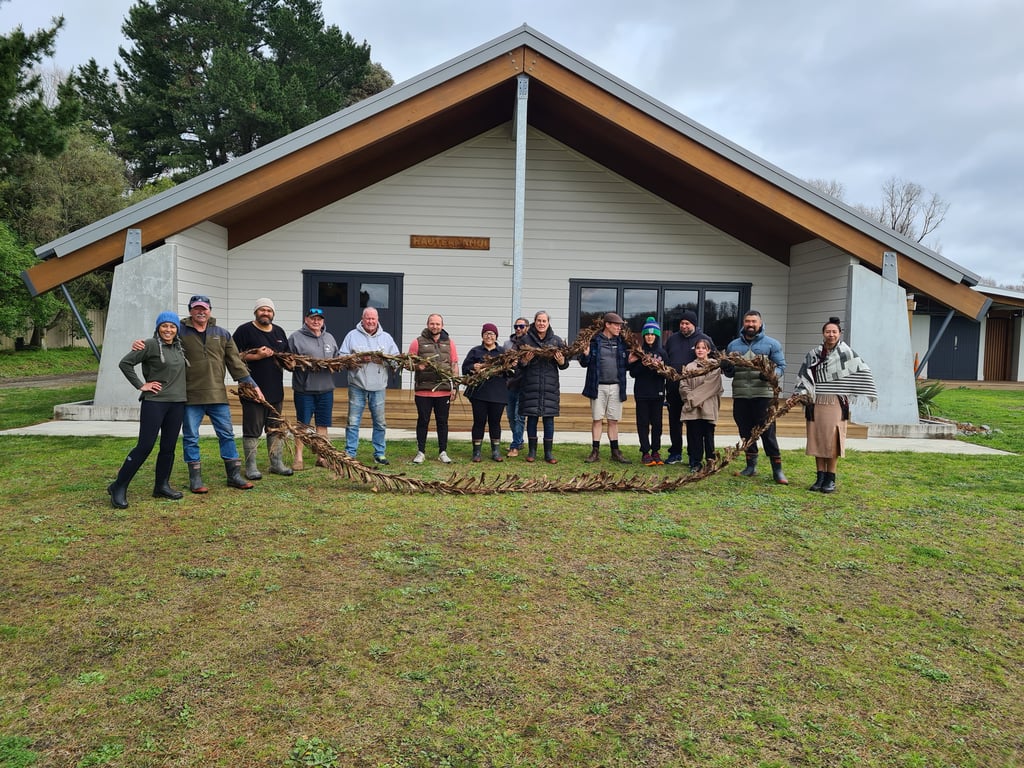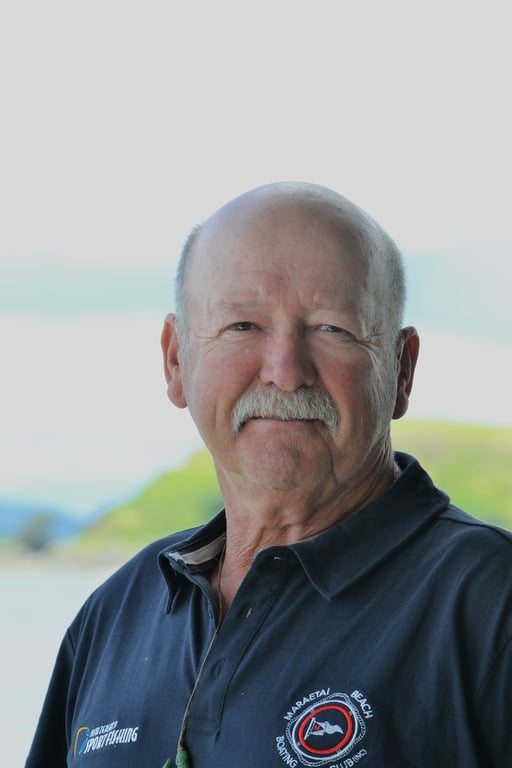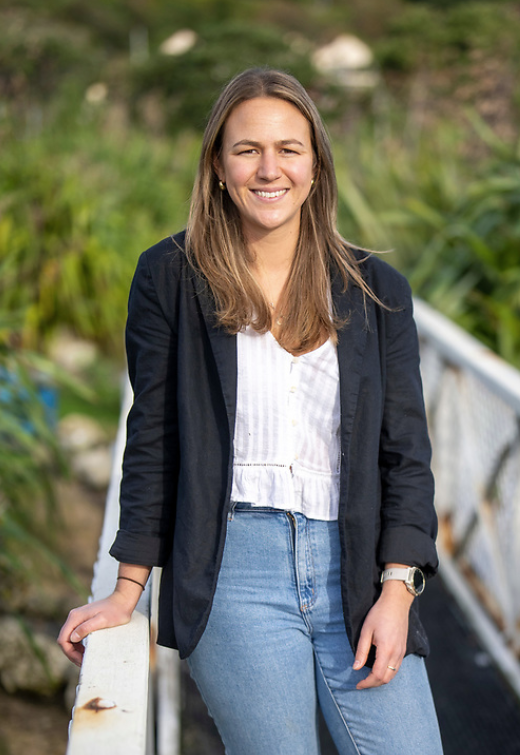Revival in the Bay
Things are looking up at Hawke's Bay's artificial reef system

Located two kilometres east of North Pānia, the reef is approximately 300x300m in size, or 90,000 square metres. In 2023 a rahui was placed on it, prohibiting any fishing until June 2025. An application is currently being made to the Minister of Fisheries for replacement of the rahui with a mātaitai, which allows for some recreational and customary fishing but not commercial activity.
Potential bylaws are also being discussed, including preventing set netting, cray potting and hand-gathering using compressed air. It is hoped that the reef will serve as a nursery for restocking the nearby Pania reef, and will become abundant in marine life, in particular large breeding crayfish.
What is the artificial reef?
The concept arose from discussions between LegaSea Hawke’s Bay and the Port of Napier after concern was raised about the effects of the dredging operation on the nearby Pania and Town reefs during the port’s new wharf development.
The reef has been under construction since 2020, and Wayne Bicknall from LegaSea Hawke’s Bay has been working with the Napier Port team since the beginning. “They put comprehensive monitoring in place, and set up a multi-sector liaison group, which included mana whenua and the commercial sector to keep everyone informed,” he says.

The port had a large amount of limestone boulders that were used to create reef structures, and mana whenua developed the monitoring programme, mussel spat line construction and deployment and funding. Today, the reef is looking good, with fish life including blue cod, octopus, conga eels, and crayfish.
A community effort
“In our kōrero (discussion) with our Mana Whenua Steering Kōmiti members there is a 100% strong and unified commitment and desire to protect and enhance our marine environment,” says Cameron Ormsby, Napier Port Cultural and Environmental Advisor, who is helping with the application process for the mātaitai. “The nearby Pania reef has sustained our local Māori people communities with kaimoana (seafood) for centuries, and the shared vision is for this new reef to be the kohanga (nest) that sustains it for generations to come.”
“The creation of the reef in collaboration with tangata whenua and LegaSea, is an outstanding initiative,” agrees Napier Port Environmental and Sustainability manager Hannah Strauss. “Napier Port is dedicated to not only managing our environmental impact, but also to enhancing our coastal environment.
“This project complements our other community efforts, such as our kōrora (blue penguin) sanctuary, which provides safe, high quality habitat to help support the local kororā population. We also have future plans to support community projects, including some aimed at restoring wetlands and waterways. As a diver, I am eagerly anticipating exploring the reef this summer, discovering its many nooks and crannies, and observing the incredible marine life it harbours.”

The reef's purpose
The reef is a community asset that is utilising a community approach to its management and future success. The Napier Port, alongside tangata whenua, are in the process of building on and developing the existing Marine Cultural Health programme, an initiative which aims to track and monitor the health of the new reef system into the future.
“The concept of creating bylaws to prohibit fishing with pots, tanks and set nets was put forward to still allow whānau to gather kai while also easing pressure on the reef and giving its fish life a chance to establish,” explains Ormsby. “This approach supports the reef’s fish populations in becoming well-established, enabling them where it can then continue to populate the nearby Pania and Tahinga reefs. We still want people to freedive the new reef to gather kaimoana and to line fish, so we believe this approach strikes a good balance between conservation and recreational and customary fishing.”
Progress
Winter dives reveal that the mussel spat ropes have successfully recruited good sized kuku.
“Not only have we gained a couple of new reefs, we’ve also gained an invaluable community alliance,” says Bicknall. “We can’t thank the Port of Napier enough for their courage and commitment for undertaking such a massive project and keeping Hawke’s Bay at the forefront of care for our moana.”


